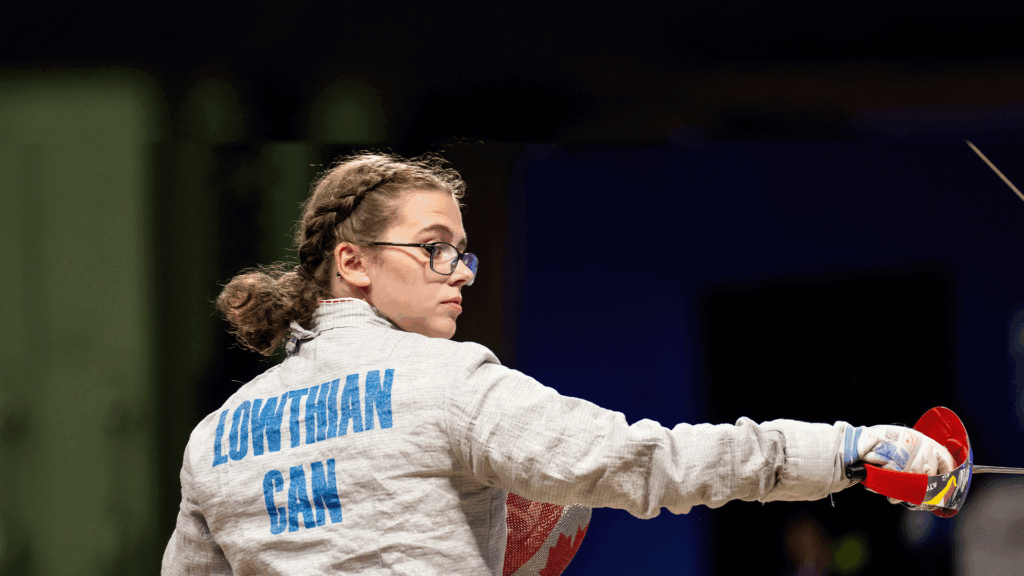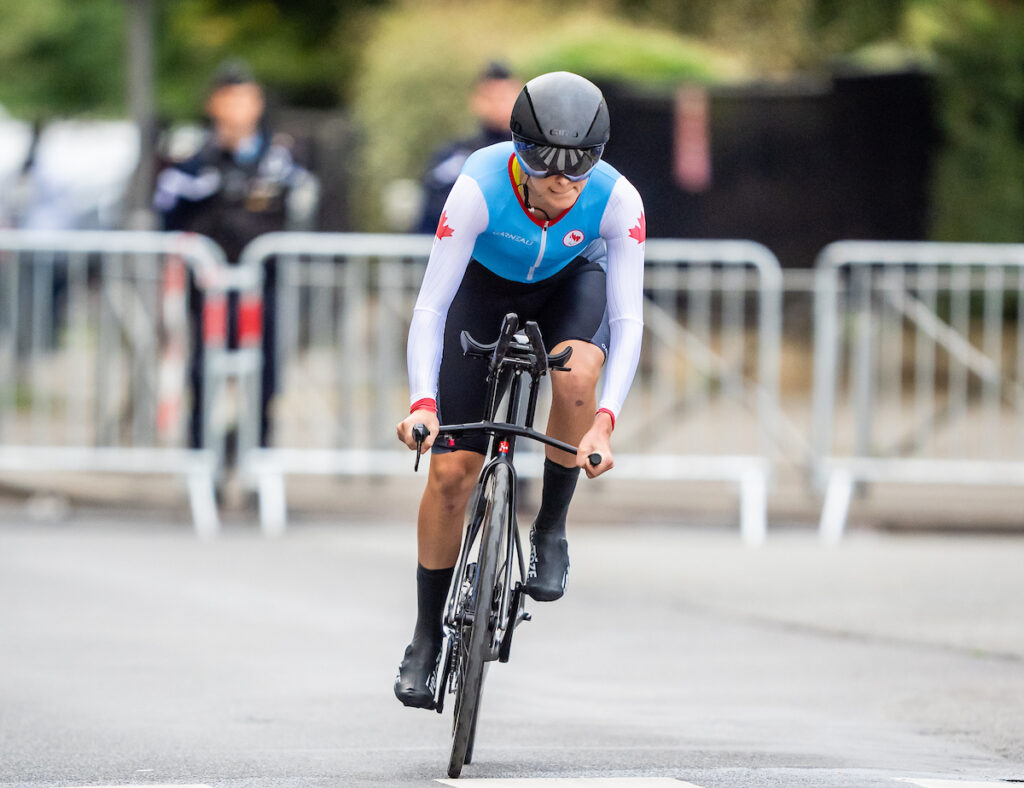The tradition continues: Kalle Eriksson and guide Sierra Smith latest Canadian Para alpine skiing sensations
Rising stars aiming for Paralympic debut; among top Canadian medal hopes at Milano Cortina 2026

TORONTO – Canada has earned a medal in men’s visually impaired Para alpine skiing at five of the last six Paralympic Winter Games and that trend is on track to continue with the amazing emergence of Kalle Eriksson and his guide Sierra Smith over the past two seasons.
Eriksson and Smith made an immediate impact in their rookie World Cup season. They posted their first World Cup victory on February 1, 2024 in slalom and ranked third overall on the circuit in giant slalom.
This season they ranked third overall in giant slalom, with two victories and multiple podiums. They were also double medallists at the world championships in March.
The son of long-time Canadian national Para alpine team coach Lasse Eriksson, Kalle grew up around the sport.
After losing his vision to solar retinopathy in 2022, Eriksson made a choice that would change his life: “I decided to embrace my disability,” said the 20-year-old from Kimberley, B.C. “I fell in love with racing right away.”
That decision would soon change everything. Eriksson partnered with Smith, a former member of Canada’s women’s national ski team from Ottawa, and together they shocked themselves with their chemistry and speed. Then the international flood gates opened, leading to incredible success.
But success in the men’s visually impaired category is nothing new for Canada in the sport. In fact it’s now a tradition. It all started at the 2002 Paralympic Winter Games. Chris Williamson launched his career with gold in the slalom. He would add a silver and bronze in 2006, a fourth in 2010, and a bronze in 2014.
At the Sochi Games, another visually impaired skiing star emerged in Mac Marcoux. At age 16, he took gold in giant slalom and bronze in super-G and downhill. He also captured the downhill crown in 2018 and silver in the downhill at Beijing 2022.
The trust between the skier and his guide is absolute. Communicating through a two-way headset system, Smith’s voice guides Eriksson at speeds nearing 100 km/h.
“You have to trust completely,” Eriksson said.
Marcoux, now retired and working full-time for the Canadian Paralympic Committee, has offered advice and support to the emerging stars – particularly with concerns to on-the-fly communication.
“Mac gave us so many key tips on communication when we first started out,” Eriksson said. “We built on that and figured out our own way, and hopefully one day we’ll pass that on to the next generation of Canadian skiers.”
After completing her own racing career, Smith was eager to remain in the sport. The transition from solo racing to guiding has been transformative for her.
“It’s still scary – it’s ski racing after all,” she said. “But it’s brought a whole new love for the sport. I couldn’t imagine doing anything else.”
It’s that love, trust and commitment which can only help Canada maintain its winning ways in the visually impaired alpine skiing events.



"*" indicates required fields
"*" indicates required fields